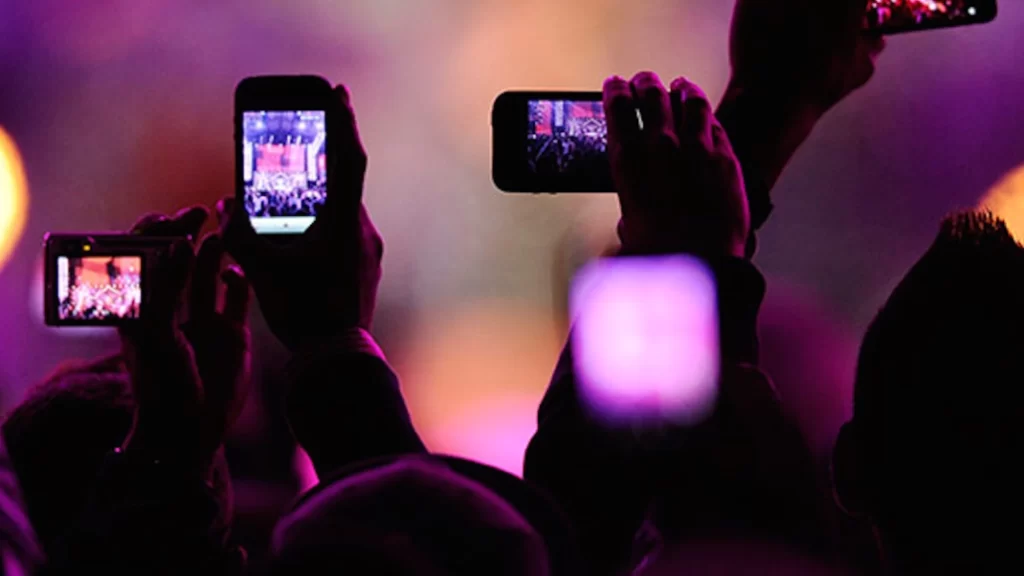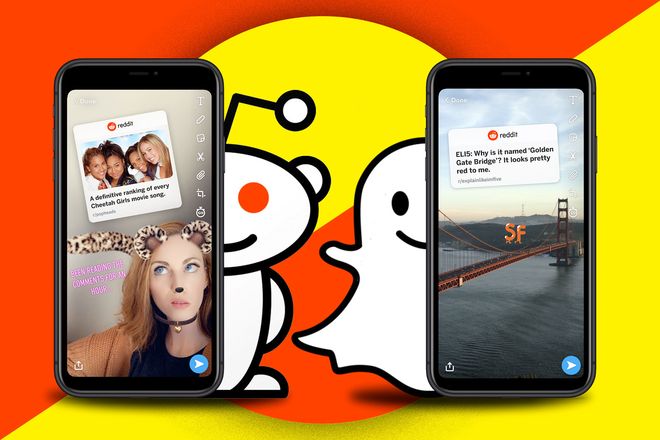‘It’s still very much the Wild West’: Influencer marketing deals are now focused on performance
Brandon Billinger runs a parenting blog, The Rookie Dad, in his spare time. He doesn’t have millions of followers — he’s got just over 1,300 on Instagram — but he’s worked with brands like Charbroil, Dove for Men and Facebook. As someone with under 10,000 followers, Billinger is part of the group of influencers (known as nano influencers) who are benefiting from a shift in influencer marketing as brands are taking a more nuanced approach to choosing the influencers they work with.












